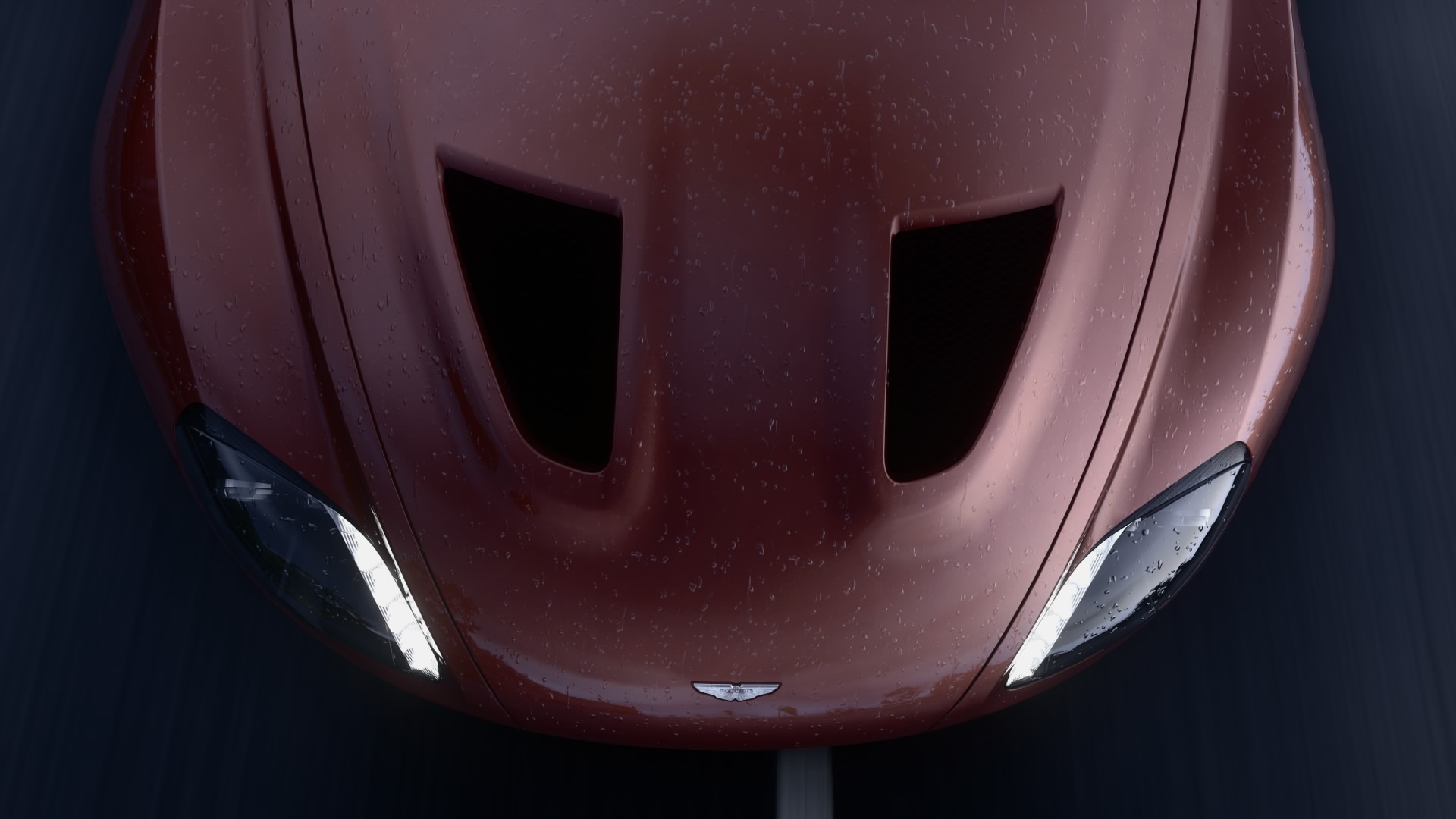I will never play a VR game until I'm convinced it will have graphics that are near photorealistic. Animated, stylized virtual reality is an oxymoron. If a game doesn't look at least close to photorealistic, then it should be called virtual anime or virtual cartoon-land.
Right now, a VR version of Uncharted 4 running at a 8K resolution at an insane frame rate wouldn't look one bit more "real" to me than the same game at 1080P. The stylism remains the same at ANY resolution on a flat screen or in VR. For someone who would love to play a photorealistic VR game, the sight of a realistic background with stylized characters would totally break any sense of immersion.
I would like to say that I think with the power of next gen consoles we could come very close to reaching photo-realism. Already some screen shots of the Tomb Raider games have fairly convincing backgrounds (not always so) and in some zoomed in shots Laura Croft's face doesn't display an extreme amount of stylism. I think if the makers of Tomb Raider would make a 1080P NEO game with ZERO stylism, we would be reasonably close to a photorealistic game. Of course it wouldn't really be photorealistic. It would require lots of cheats. But it could look VERY good.
Right now, a VR version of Uncharted 4 running at a 8K resolution at an insane frame rate wouldn't look one bit more "real" to me than the same game at 1080P. The stylism remains the same at ANY resolution on a flat screen or in VR. For someone who would love to play a photorealistic VR game, the sight of a realistic background with stylized characters would totally break any sense of immersion.
I would like to say that I think with the power of next gen consoles we could come very close to reaching photo-realism. Already some screen shots of the Tomb Raider games have fairly convincing backgrounds (not always so) and in some zoomed in shots Laura Croft's face doesn't display an extreme amount of stylism. I think if the makers of Tomb Raider would make a 1080P NEO game with ZERO stylism, we would be reasonably close to a photorealistic game. Of course it wouldn't really be photorealistic. It would require lots of cheats. But it could look VERY good.


